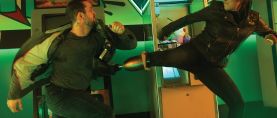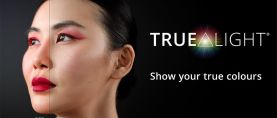
Villainous Heroes: The Boys
Cinematographer Dan Stoloff on designing compelling visuals for this edgy alternative superhero series.

Photos courtesy of Amazon Studios.
In The Boys, a team of dysfunctional caped crusaders known as the Seven is led by Homelander (played by Antony Starr) — a malicious sociopath with almost unlimited powers — yet controlled behind the scenes by Vought, a nefarious corporation. Attempting to keep them in check are the Boys, a clandestine vigilante unit led by William "Billy" Butcher (Karl Urban).

“The Boys is a deeper look inside the superhero fantasy and the collateral damage of science, capitalism and celebrity,” says cinematographer Dan Stoloff, who shot six hyper-violent episodes of the dark Amazon Prime series across Seasons 2 and 3. (Dylan Macleod also worked on Season 2, and Miro Baszak joined the production alongside Stoloff for Season 3.) “Our basic visual philosophy is to avoid overproduction and keep the show grounded in the physical world. We do our effects practically whenever possible. Our squibs and big bloody explosions are actually a combination of practical and digital visual effects.”
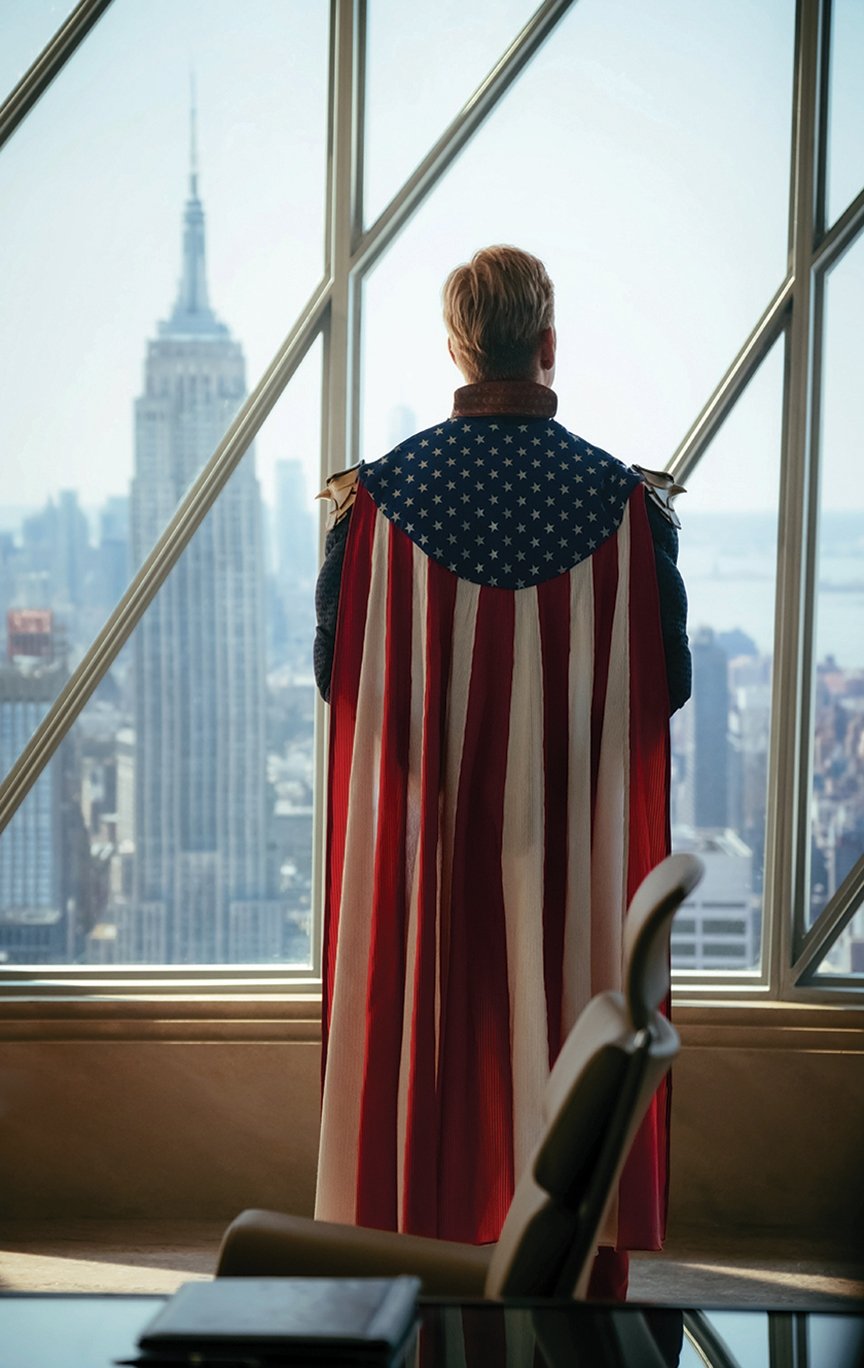
Season 2, for example, features a super-assassin with the telekinetic power to pop heads, an effect designed by special-effects supervisors Hudson and J.R. Kenny and coordinator Tony Kenny, who used prosthetic torsos rigged with blood bags. Visual-effects artists supervised by Stephan Fleet combined as many as six live-action and digital elements into the gory final moment.
“Our basic visual philosophy is to avoid overproduction and keep the show grounded in the physical world.”

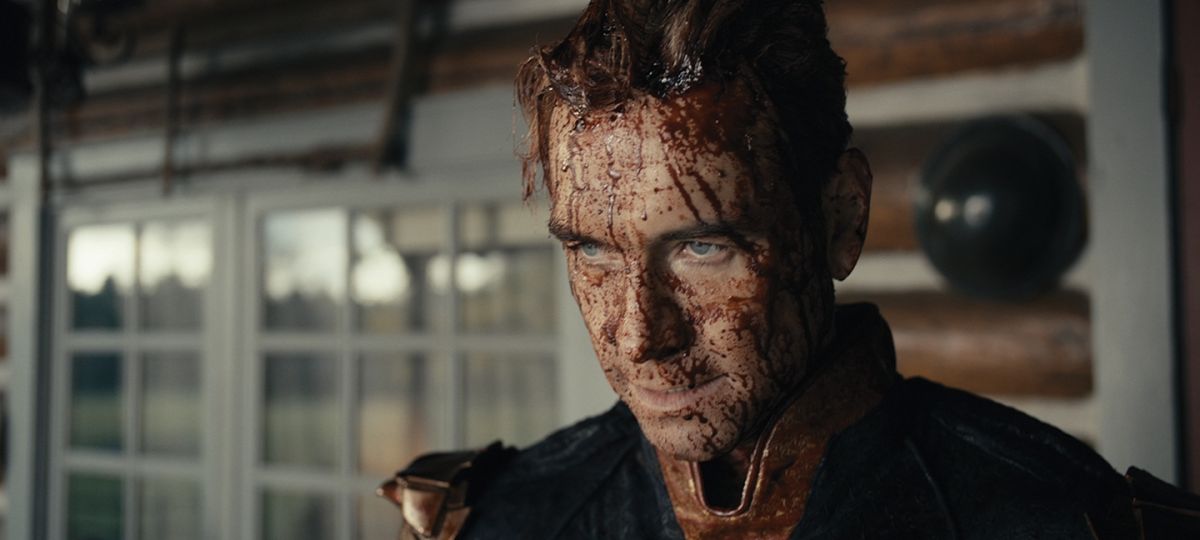
In-camera effects are accomplished with tools such as lens flares, exposure tricks, and variable frame rates and shutter speeds — yet just as important to the show’s aesthetic are the significant stretches when nothing superhuman is happening at all. “We do a lot of handheld camerawork and realistic lighting,” Stoloff says. “We don’t wet down our streets or use beauty filters. It’s a dirty, equal playing field.”
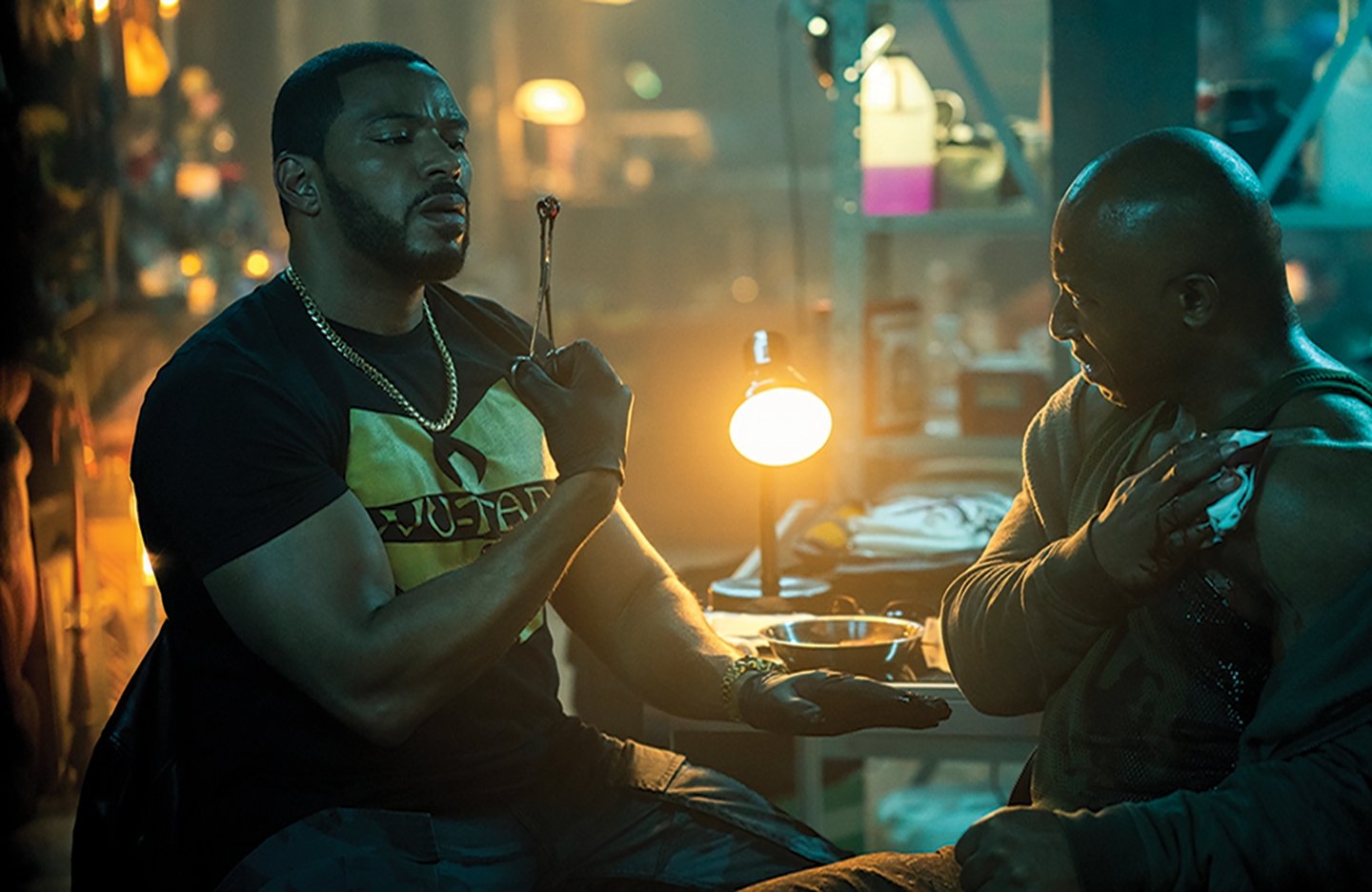
The Boys is predominantly photographed with Sony Venice cameras and Cooke Anamorphic /i SF primes — with GoPros, Fujifilm X-T3 mirrorless digital cameras, and occasionally Vision Research Phantom high-speed cameras employed for stunt and special-effects work. “The Cooke SF lenses have this dreamy, football-shaped bokeh, and you can deepen or flatten out the effect depending on your stop,” says Stoloff. “A 32mm master shot will be wide open, a T2.3 on these, but I’ll stop down up to T11. I stopped down to an 11 yesterday as we were shooting an interior scene with rain on the windows. I wanted to hold detail of the rain and needed more depth of field.”

Shorter lenses go handheld with the operators on a dolly (anything from a Chapman/Leonard Super PeeWee to a stool with wheels), which, Stoloff says, “strikes a balance between being in control and creating the illusion that things are spontaneous and unrehearsed.”
Stoloff’s approach to lighting the show’s real world is to re-create the dynamics of natural sources — sending light through windows at different angles to control the effect of its bounce and selectively draping the set with white duvetyn to extend its reach. “The approach varies,” he says, “but sometimes I will put multiple lights through a window — mainly to reach into an area where there’s an off-camera piece of white duvetyn.”
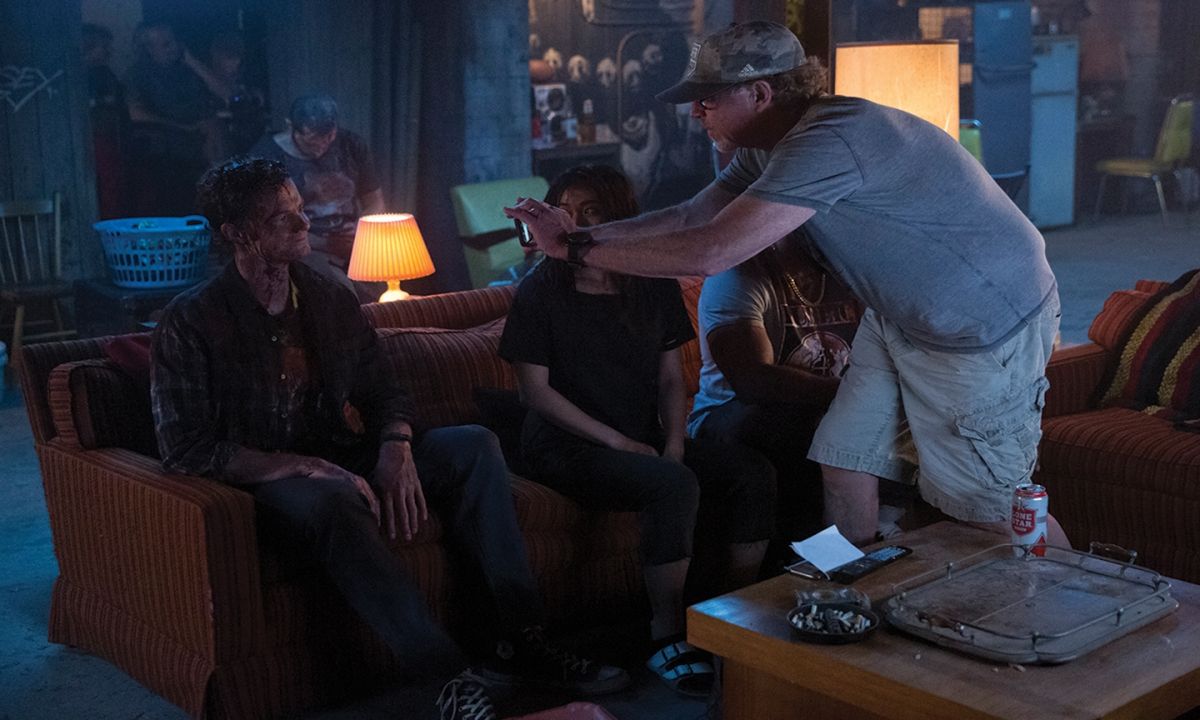
Where color temperatures mix, colored gels boost the effect of practical sources.
LED gags provide interactive lighting effects for some of the superheroes’ energy-based powers, lending Fleet’s visual effects an added sense of reality. “If Starlight is blasting energy from her hands, we’ll have DMX-controlled LEDs on her palms,” says Stoloff. “When another superhero character throws balls of light, we’ll puppet a clear rubber ball with LEDs inside, and when Homelander heats a bottle of Madelyn Stillwell’s breast milk with his heat vision, there are LEDs inside the bottle, making it glow.”
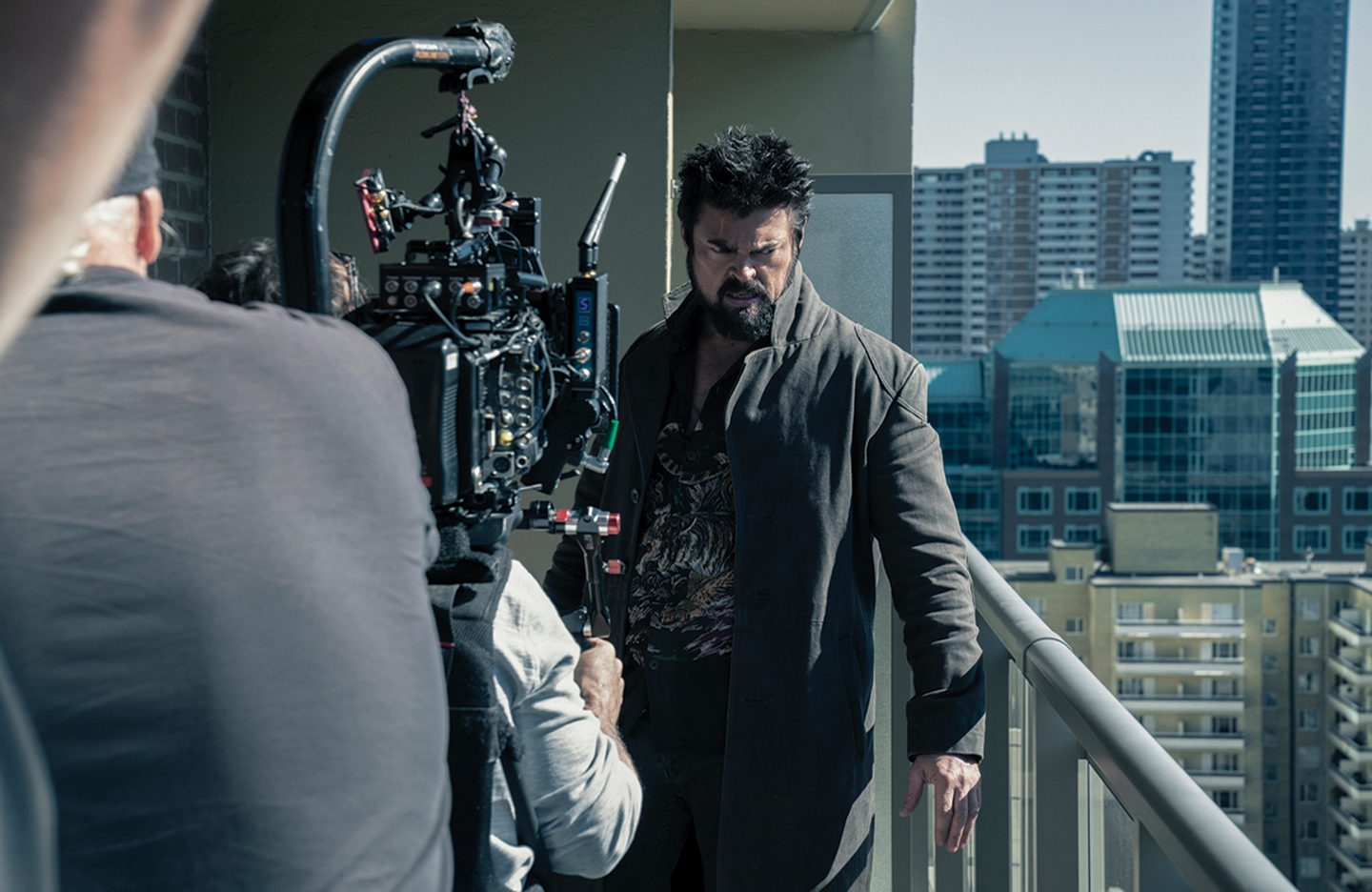
A contrasting visual motif periodically takes over when the show portrays this world the way its TV, movies, advertising and social media would like it to be seen — an illusory place where “the Seven” is a team of benevolent superhuman protectors, rather than the corporate-backed, performance-enhanced egomaniacs (at least one of whom is a psychopath) that they really are.
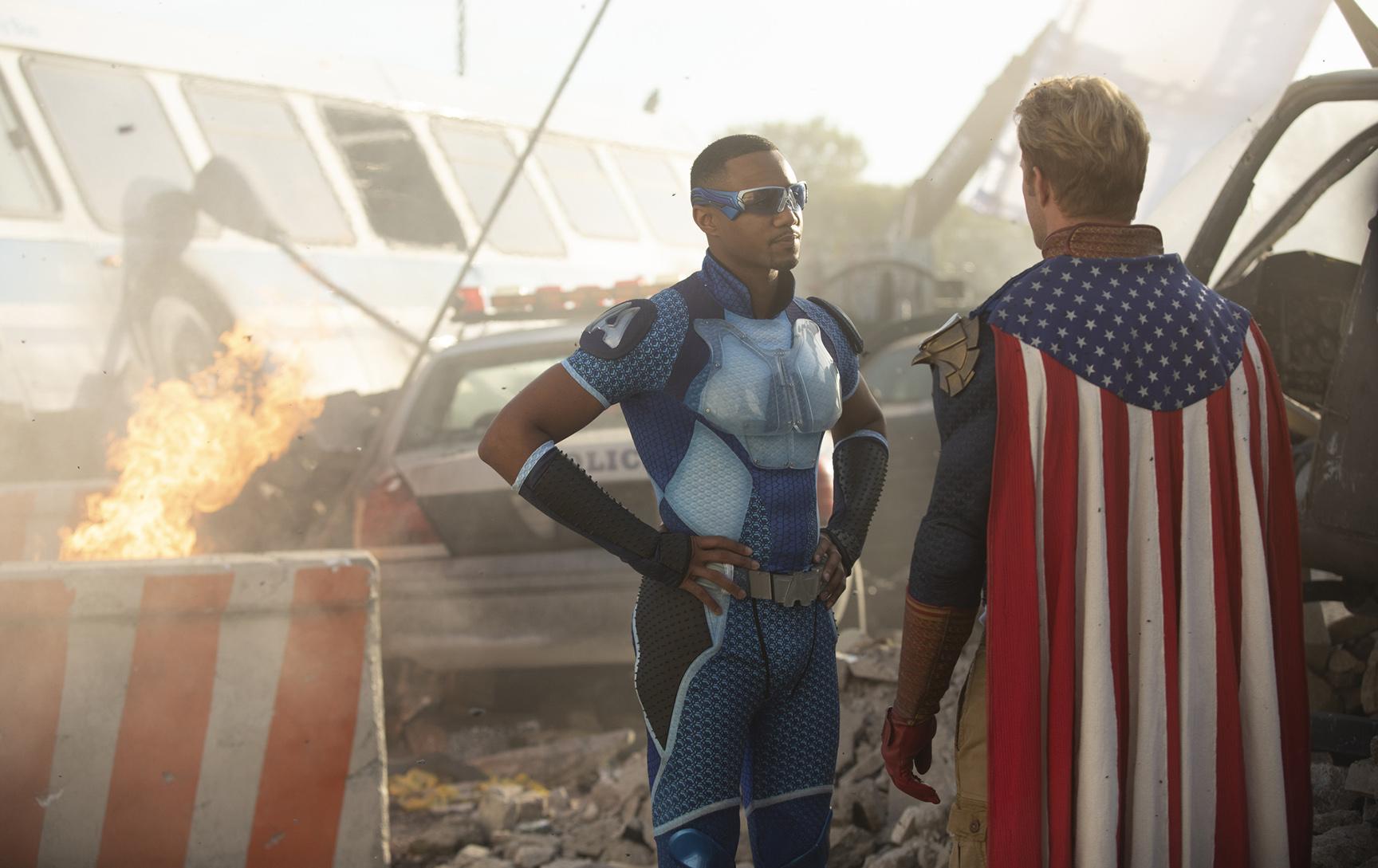
In this idealized environment — whose look has been manufactured by Vought — the camera moves are smoother, the focus softer, the lighting more beautiful and the heroes more heroic. For these sequences, the production switches to the “Vought lens.” Says Stoloff, “We use spherical lenses when capturing news and entertainment footage generated by Vought.” The lens package for these sequences comprises Arriflex/Zeiss Super Speeds and Arri/Fujinon Alura zooms (15.5-45mm T2.8, 30-80mm T2.8 and 25-250mm T2.6).
Stoloff recently spoke to Charlie Lieberman, ASC about his work in the show for this episode of ASC Clubhouse Conversations:
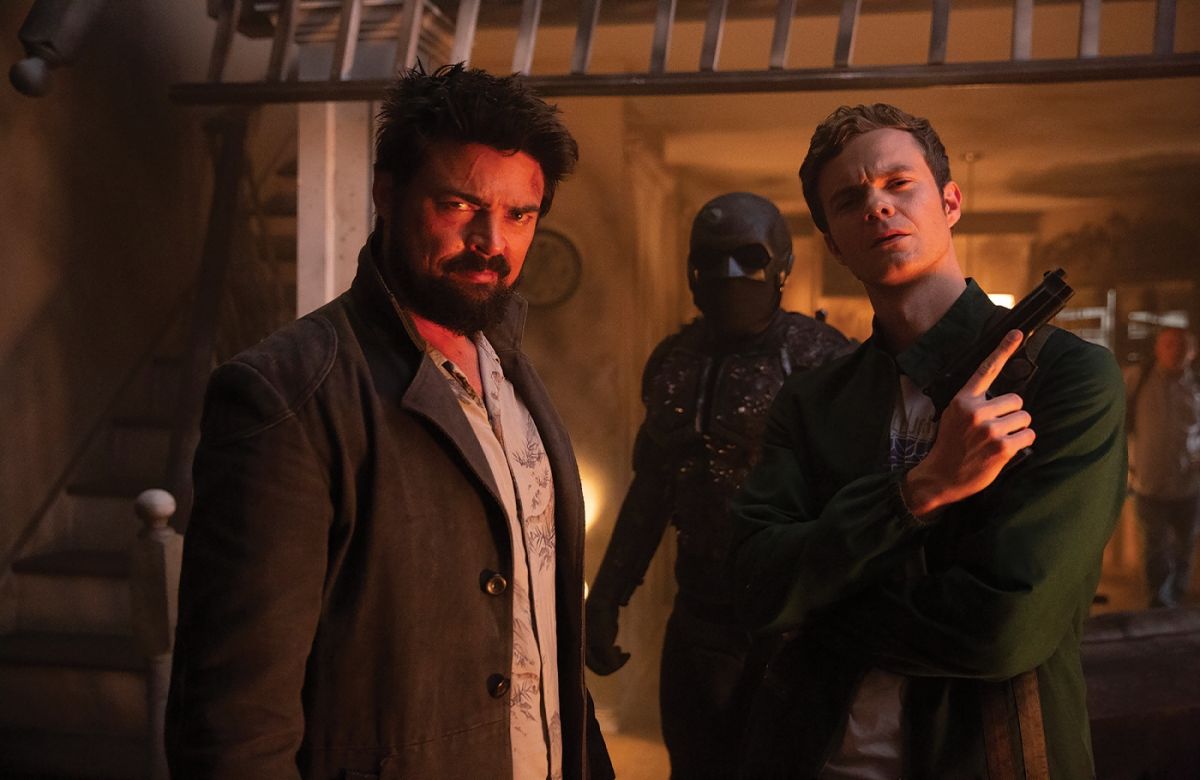
TECH SPECS
2.39:1
Cameras: Sony Venice, GoPro, Fujifilm X-T3, Vision Research Phantom
Lenses: Cooke SF anamorphic, Arriflex/Zeiss Super Speed, Arri/Fujinon Alura Zoom

